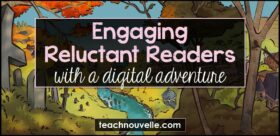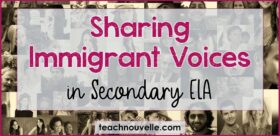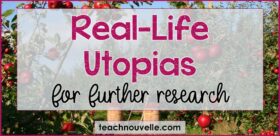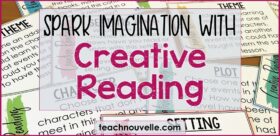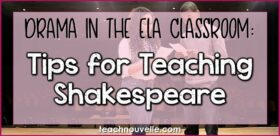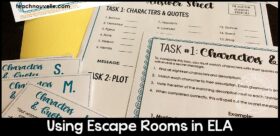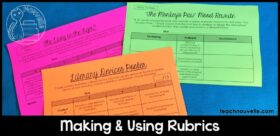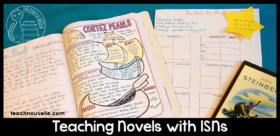
15 Halloween School Activities for Secondary ELA
Looking for engaging and rigorous Halloween school activities for your Secondary ELA classroom? Look no further! These mini-lessons will build close reading skills, practice inferencing, and get students thinking creatively. Whether you are a Halloween lover or a Halloween tolerate-er, it will be on the forefront of your students’ brains this time of the year. They are likely dreaming up their costumes, gossiping about the hip parties, and totally ignoring your lessons! Many of the resources I’ve linked below are also available for 25% off in this spooky and spectacular Halloween Activities resource bundle! Check out the 8 included resources here. Here are 15 Halloween school activities for secondary ELA that will allow you to use that excitement in your classroom: 1. Analyze Symbolism & Allegory with Candy It seems like, as soon as the


